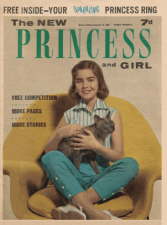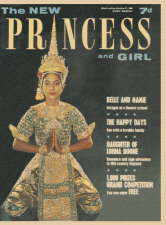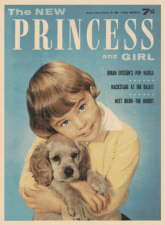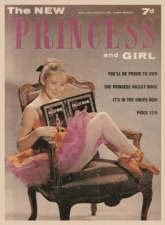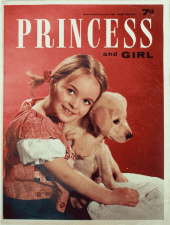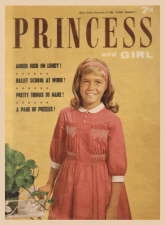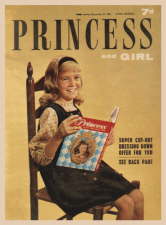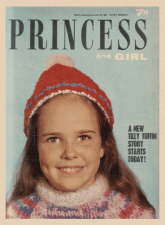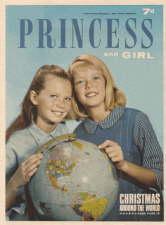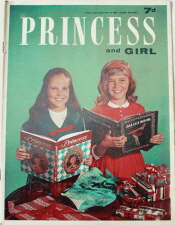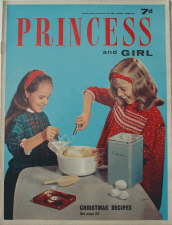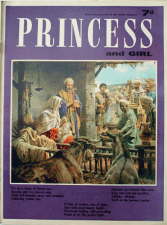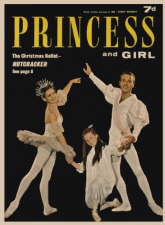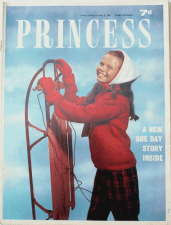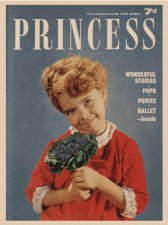Links to Articles
Publishing The Lord of the Rings
V The First Impression of RotK
VI The First Boxed Edition
VII The Readers Union Edition
VIII The First Deluxe Edition
IX Printing and Binding LotR
XIV LotR: A Bibliography
XV LotR: A Bibliography of Slipcases
The History of Middle-earth series
I A Guide to the Contents
II Prices on Dustwrappers
III Original Retail Prices
IV Print Run Sizes
V The Guild Publishing Editions
VI Shaping of Middle-earth Wrapper
VII Peoples of Middle-earth Pulped?
Other Articles
Christopher Tolkien Bibliography
I Think I've Got A Hobbit
Missing Images
Nasty Tricksy Hobbits
Printing and Binding The Hobbit
Songs for the Philologists
The Princess Hobbit
-- Ferguson Dewar
-- Letter from J. R. R. Tolkien
-- Gandalf: Not 'Magician' but 'Wizard'
-- Visions of Gollum
-- Of Smaug and the Jabberwock
-- Magazine Gallery
Tolkien Calendars
Tolkien the Esperantist?
Tolkien's Languages and Alphabets
Unpublished Manuscript Found?
| Click to enlarge |
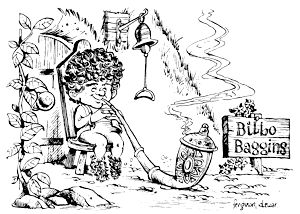 |
| Bilbo Baggins Esquire, of Bag-End |
The authorised texts of both The Hobbit and The Lord of the Rings have always been closely guarded, and any intended changes made under the supervision of J. R. R. Tolkien or his son, and literary executor, Christopher. The only condensed edition of The Hobbit to be published was issued in 1964 when the story was serialized in Princess – a British magazine aimed at pre-teenage girls. Surprisingly, the abridgement was completed with minimal input from Tolkien, or his publisher.
The text was accompanied by a series of 83 illustrations by Ferguson Dewar, commissioned specifically for the serial and exhibited in full for the first time at Tolkien 2019; this was the first English-language edition of The Hobbit to be illustrated by an artist other than the author.
According to correspondence held in the British publishing archive at the University of Reading, D. E. Roberts of Fleetway Publications (the publisher of Princess magazine) corresponded with J. R. R. Tolkien and Joy Hill of George Allen & Unwin in December 1963, concerning the adaption of The Hobbit into a "visual serial" – in the form of colour illustrations with captions edited from the text of the book. Judging from similar adaptions in Princess, each episode would have been a colour centrespread with seven or eight images and a very heavily abridged text. Joy Hill reported that Tolkien had said he "would be agreeable in principle provided he could see the illustrations and that Gollum should not be made a monster".
How far the adaption progressed is unknown, but on 13 August 1964, Fleetway contacted Joy Hill at Allen & Unwin to ask for permission to publish an abridged version of The Hobbit in serial form, in ten to twelve instalments of 3,500 words. Each episode would have four or five drawings by Ferguson Dewar, a Brighton-based commercial illustrator who had built a reputation producing artwork for advertisers and cartoon strips. A&U agreed in principle, subject to the author's approval of the character sketches.
On 19 August 1964, after consultation with Tolkien, Joy Hill gave consent for the publication of the serial for a fee of 15 guineas per episode, with a maximum of 15 instalments, and passed on some of Tolkien's comments from a letter dated 14 August. He noted that although "criticism of the drawings is probably not in this case useful, . . . I should myself wish at least that Gandalf were less fussy and over-clad and had some dignity. He should not be styled 'magician' but 'wizard'."
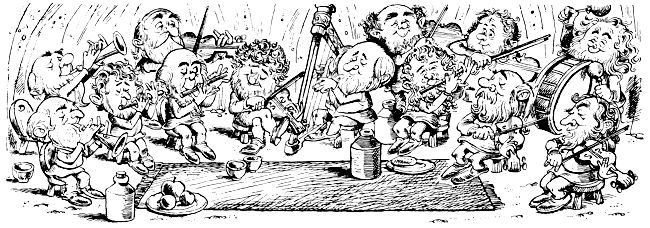 |
| Thorin and Company |
Tolkien also thought that Fleetway should replace his plural dwarves with the correct form dwarfs. He had heard that a schoolmaster who had corrected one of his pupils for using dwarves had been bewildered when the child produced a copy of The Hobbit with Tolkien's aberrant spelling. Tolkien added "I am all in favour of spelling being taught, and don't wish a master's authority to be damaged by the quirks of a professor!"
The change from dwarves to dwarfs was made in line with Tolkien's instructions and, unlike the Puffin Books edition of The Hobbit published in 1961, the typesetters reproduced the remainder of the text faithfully, including leaving elvish and elven in the author's preferred form rather than amending them to elfish and elfin.
Unfortunately, production schedules meant that there was no time to re-work the illustrations because Fleetway sent the first instalment to press a few days later. They sent a photograph to Joy Hill for comment and she replied to say that she thought the illustrations were "delightful". Tolkien's comments appear to have been passed on to the artist however, as there are noticeable changes in Gandalf's appearance in later episodes.
The story was split into fifteen instalments and issued on a weekly basis between 10 October 1964 and 16 January 1965. Small parts of the text were rewritten, but most of the necessary reduction in length was achieved by cutting out non-essential description and conversion. While not perfect, it preserved the magic of the story.
| Click to enlarge |
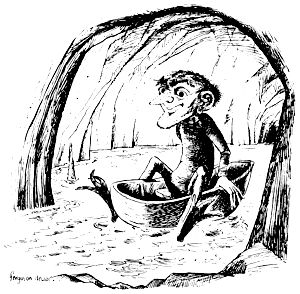 |
| Gollum got into his boat and shot off from the island |
Each instalment appeared on pages five and six of the magazine and was accompanied by five or six illustrations by Ferguson Dewar. Drawn, as it was, for a very specific market, Dewar's work is intriguing to the modern eye; showing Bilbo with very thick, curly hair on both his head and his feet, with no hint of pointed ears. The dwarves and elves are perhaps influenced by Disney, while the trolls and goblins have a comic aspect, and Gollum is definitely not a monster.
Visions of Gollum - approaches to illustrating The Hobbit.
Although somewhat different in style and tone to the illustrated editions produced by Michael Hague in 1984, Alan Lee in 1997 and Jemima Catlin in 2013, we should remember that these drawings were specifically targeted at an 8-12 year-old audience, similar to that for which The Hobbit was written.
Artists working freelance for magazines during the 1960s and 70s needed to work quickly because pay rates were low. As a commercial illustrator, time was money to Ferguson Dewar, so any tools or processes that saved time, without sacrificing the product, would be utilized. Copying or adapting a drawing or photograph meant that the artist did not need to make preparatory sketches before starting work on the final illustration. Tolkien's own artwork for The Hobbit was a natural source of inspiration for the Princess serial.
The illustration of Smaug appears to be influenced by John Tenniel's drawing of the Jabberwock for Through the Looking Glass by Lewis Carrol - thanks to Bill Hicklin for pointing this out.
Little else can be gleaned from the correspondence, except that on 30 October 1964, Allen & Unwin received some complementary copies of Princess magazine (probably the first seven instalments, 10 October - 21 November). Joy Hill noted that at the end of each instalment the © sign should appear before 'George Allen and Unwin Ltd.' since the copyright was their property. This change seems to have been introduced after the 12 December issue. Allen & Unwin received the rest of their complementary copies on 30 December 1964. Joy Hill forwarded a complete set onto Tolkien.
The original artwork was sold on eBay and dispersed into private collections. A selection of drawings was loaned by the Greisinger Museum for display at the 1964-2014: Lo Hobbit illustrato exhibition in Vigevano, Italy, to celebrate fifty years of illustrating The Hobbit and facsimilies of the full set of 83 drawings were exhibited at Tolkien 2019 in Birmingham as part of a celebration of fifty years of The Tolkien Society.
The illustrations are copyright © 1964, 2019, Rebellion Publishing IP Limited, the successors to Fleetway Publications. All rights reserved.
The magazine covers are displayed in the gallery below. Additional details can be seen by clicking on the images.
| Click to enlarge |
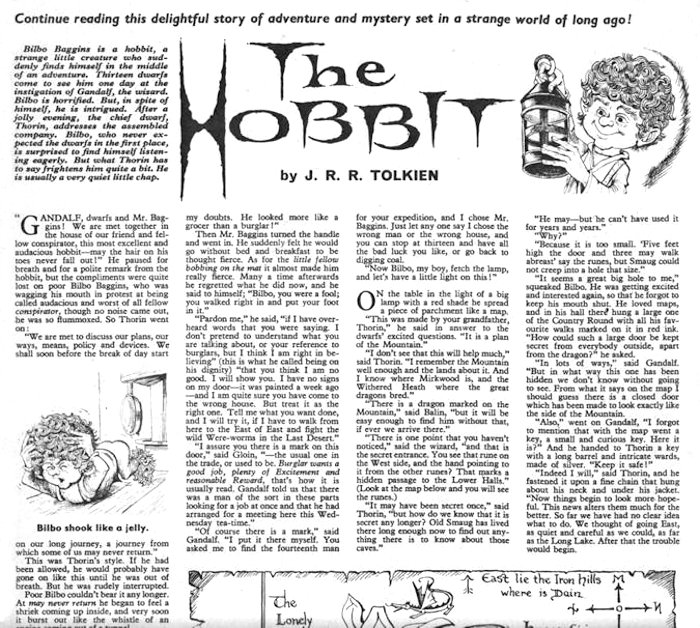 |
| Part of a page from Princess magazine |
References
Allen & Unwin Archive
RUL MS 3282 - AUC 982/8 (Letters file FL-FN 1963)
RUL MS 3282 - AUC 1022/9 (Letters file FL-FQ 1964)
RUL MS 3282 - AUC 1065/9 (Letters file FL-FN 1965)
English Literature and History, Private Press and Illustrated Books and Related Drawings
Auction catalogue - 14-15 December 1992 - Sotheby's - London
J.R.R. Tolkien: A Descriptive Bibliography
Wayne G. Hammond with the assistance of Douglas A. Anderson - 1993
St. Paul's Bibliographies - Winchester - ISBN 1873040113
Oak Knoll Books - New Castle, Delaware - ISBN 0938768425
The J.R.R. Tolkien Companion & Guide: Chronology
Christina Scull and Wayne Hammond - 2006
HarperCollins - London - ISBN 0261103814 / 9780261103818
| If you are looking for new, secondhand or out-of-print books then AbeBooks UK may be able to help. |
|
|
| Alternatively, you can search and order through AbeBooks.com. |
|
|
